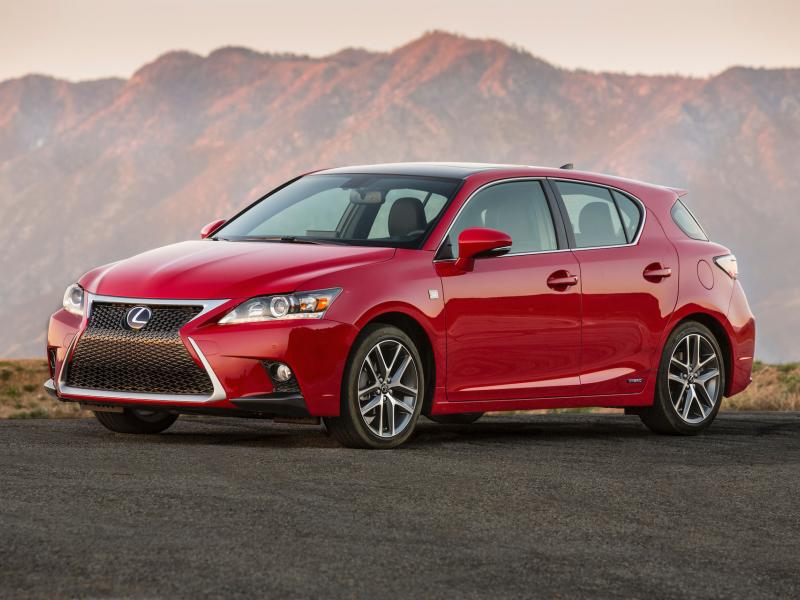How Do Camper Refrigerators Work?
What is a Camper Refrigerator?
A camper refrigerator is usually known as an ammonia absorption refrigerator or else a propane refrigerator. Conventional Freon-powered refrigerators utilize a large amount of electricity to flow coolant, which is much more than the power used in the majority campers and recreational vehicles. On the other hand, camper refrigerators depend on an evaporation and condensation procedure in a closed system to make cool their inside. In this way the process of liquid evaporating into a gas is usually called as endothermic; which takes the heat out from the surrounds, making it cold.
Design:
The looks of a camper refrigerator is much more similar to a normal refrigerator except it is a bit smaller. It consists of a series of metal pipes that normally run through the metal or plastic of the enclosing box. Although, a normal refrigerator has an electric motor and Freon reservoir in its base, there may presented other five structures which are connected with one another. The generator is usually filled with a mixture of liquid ammonia along with the water. The generator base is connected to a burner and a propane tank supplies this burner. You will see another tanked above the generator which is normally called as separator. At this stage, a split takes place; when one pipe goes upward to the condenser while the other exits down into the absorber. This absorber connects back into the generator downward and also with the output pipes of the cooling coils. On the other hand, condenser connects downward to the evaporator, which later goes into the input pipes of the cooling coils.
Function:
At the moment when the burner is turned on, the water plus ammonia mixture begins to boil and passes up into the separator; keep in mind that the water and ammonia are not all the same as ammonia has a much lower boiling point as compare to water in addition to this, it rapidly turns into the gas although the hot water remains a liquid. This water runs down into the absorber where it sits and gets cool. At the same time as the ammonia gas flows up into the condenser, where it also cools, and again turns into a liquid. This liquid ammonia from the condenser flows into the evaporator, which already contains hydrogen gas. At this point hydrogen gas and ammonia combine together in an endothermic chemical reaction, which causes an extremely cold gaseous compound. This compound is then sucked through the cooling coils of the refrigerator by a variation in pressure among the evaporator and the absorber which the compound falls into. After cooling the fridge, the gaseous compound undergoes one more chemical reaction in the absorber in which ammonia combines more eagerly with water than it does hydrogen, and this causes the ammonia to mix with the water and runs back into the generator whereas the hydrogen gas goes back to the evaporator, thus resetting the system for a new cooling cycle.





